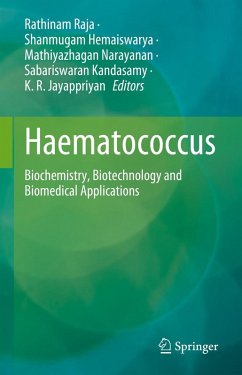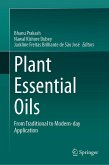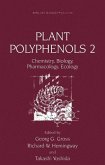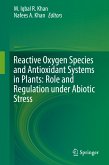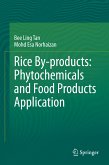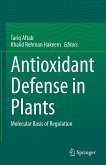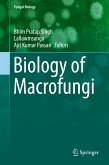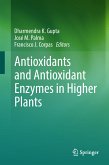Microalgae are unicellular living forms and are the primary producers that play a major role in the ecosystem. Commercially, while many documents are available, some recent fields are yet to be explored. The book comprises 19 chapters contributed by experts and reviews the recent developments in the cultivation, harvest, and genetic engineering of H. pluvialis-derived astaxanthin. It also discusses their bottlenecks and challenges in commercial-scale production, as well as current and prospective global market. Current research supports the exploration of new topics and practical applications of microalgae and their products, which will also benefit academia.
The book will be an important resource for researchers and industry, providing comprehensive knowledge on broad topics. Flow charts, updated methods, and colour images are included to help the readers' understanding.
Dieser Download kann aus rechtlichen Gründen nur mit Rechnungsadresse in A, B, BG, CY, CZ, D, DK, EW, E, FIN, F, GR, HR, H, IRL, I, LT, L, LR, M, NL, PL, P, R, S, SLO, SK ausgeliefert werden.

